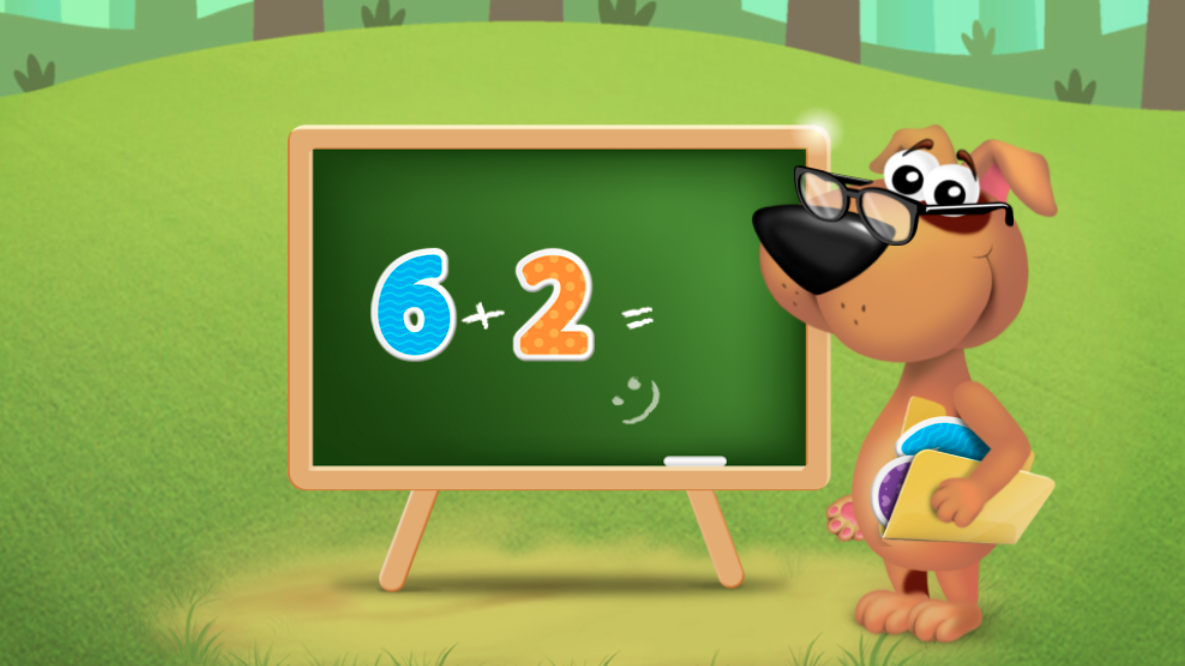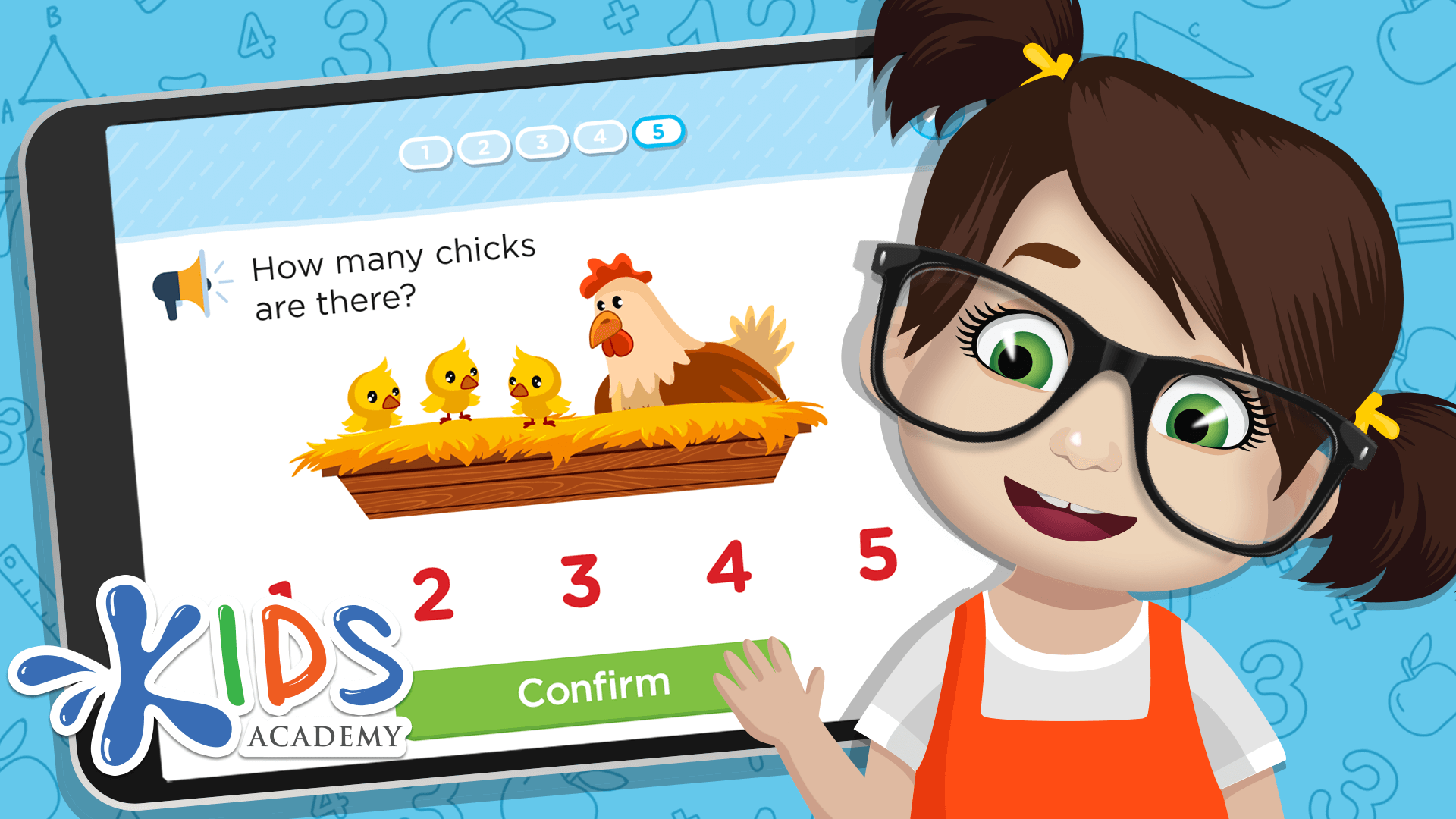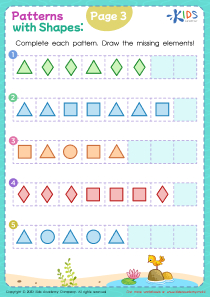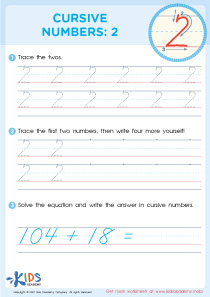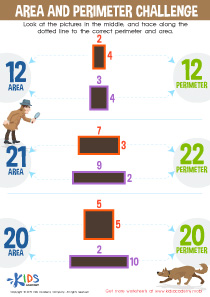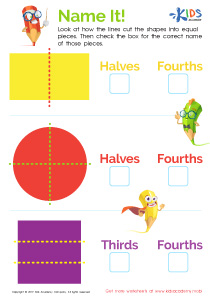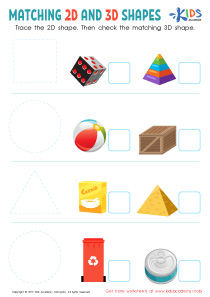Understanding quadrilaterals 2D Shapes Worksheets for Ages 4-8
4 filtered results
-
From - To
Discover the foundational world of quadrilaterals with our engaging 2D Shapes worksheets designed specifically for children ages 4-8. These interactive activities foster essential skills in identifying, categorizing, and understanding various quadrilaterals such as squares, rectangles, rhombuses, and trapezoids. Through colorful graphics and fun exercises, young learners will explore the unique properties of each shape while enhancing their spatial awareness and critical thinking skills. Perfect for classroom settings or home learning, our worksheets offer a delightful way to make math enjoyable and accessible. Equip your child with the knowledge they need to recognize and appreciate quadrilaterals in their everyday world!
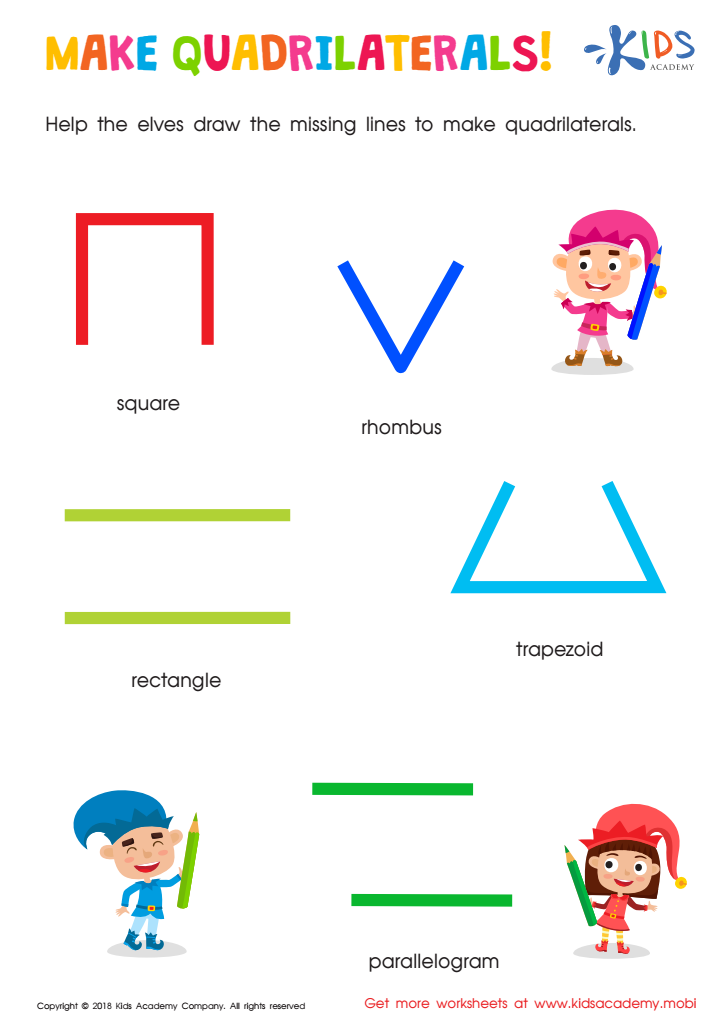

Make Quadrilaterals Worksheet
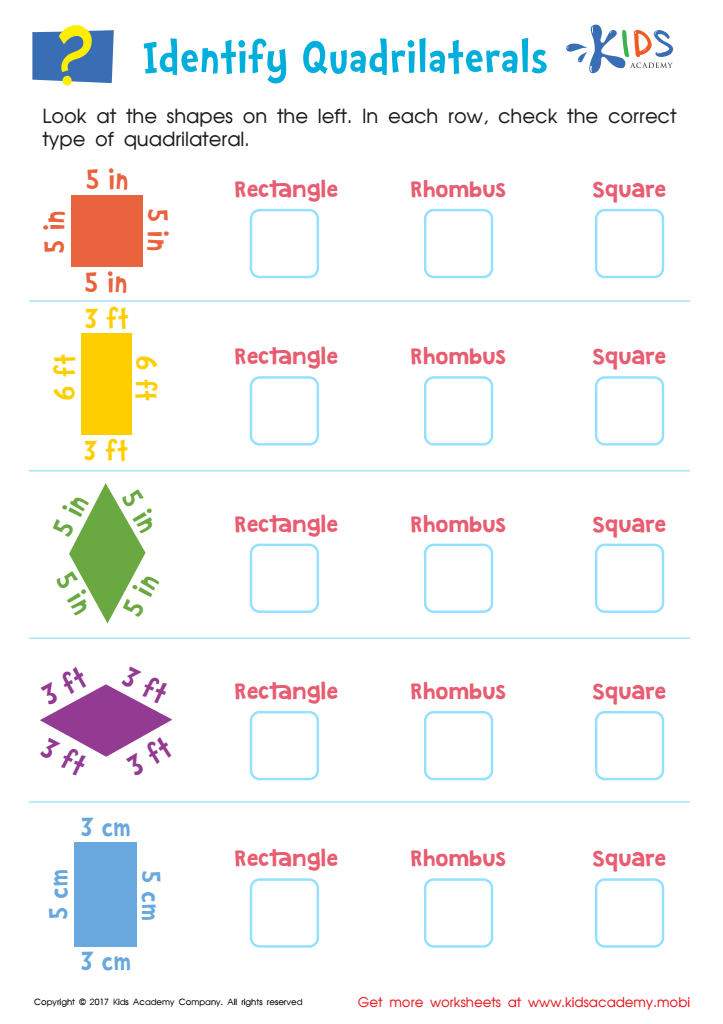

Identify Quadrilaterals Worksheet
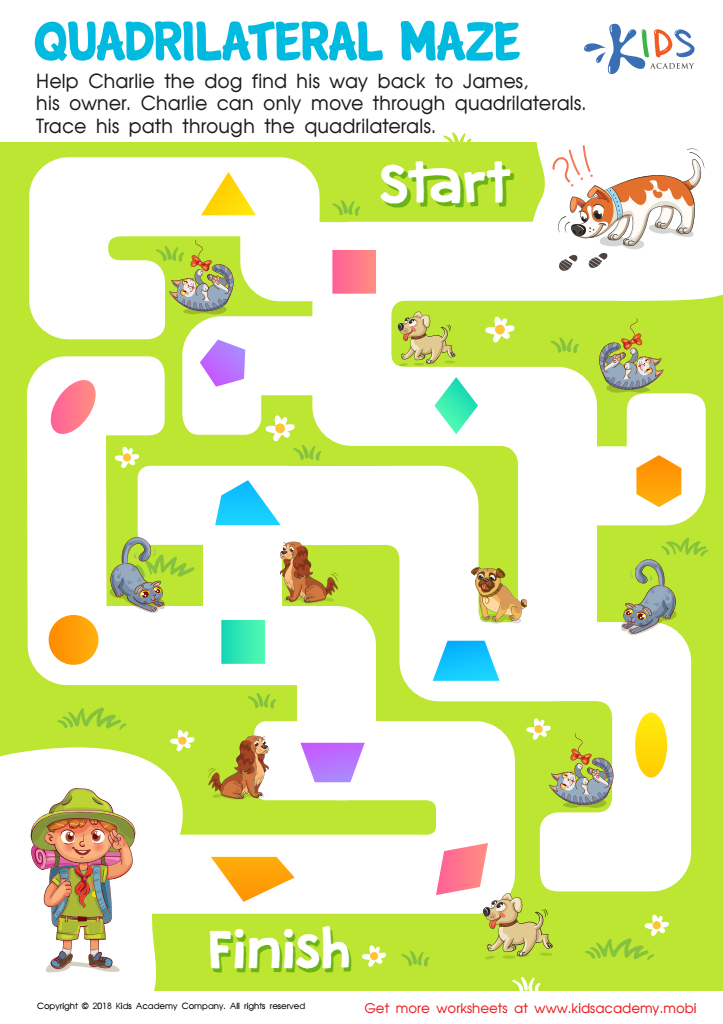

Quadrilateral Maze Worksheet
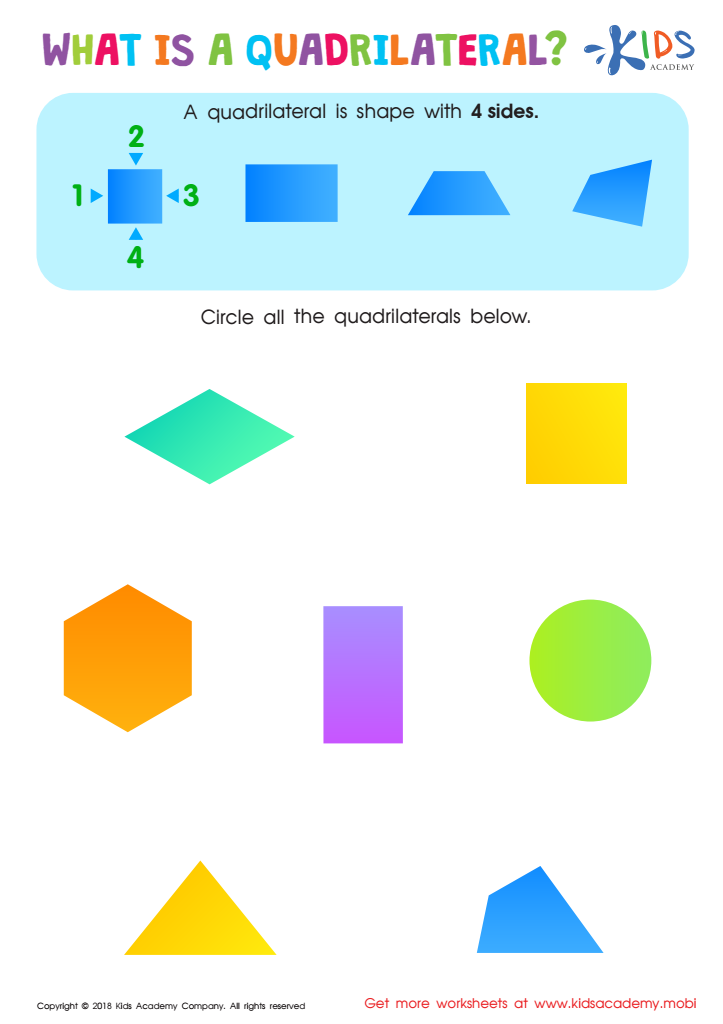

What Is a Quadrilateral? Worksheet
Understanding quadrilaterals and 2D shapes is fundamental for children's cognitive and spatial development, especially for ages 4-8. During these formative years, children begin to grasp essential mathematical concepts that serve as building blocks for future learning. Early exposure to shapes, particularly quadrilaterals like squares, rectangles, and trapezoids, helps children develop critical observational and reasoning skills.
Parents and teachers should care because recognizing and categorizing these shapes fosters analytical thinking. This knowledge is not just theoretical; it has practical applications in everyday life, such as recognizing shapes in architecture and art. Furthermore, understanding quadrilaterals contributes to more advanced topics like geometry and measurement later in their education.
Engaging with 2D shapes also promotes fine motor skills through activities such as drawing, cutting, and constructing. It encourages creativity as children enjoy recognizing and creating new shapes. Introducing these concepts in an interactive and playful manner stimulates a love for learning in mathematics.
Additionally, the cognitive process behind distinguishing different shapes can enhance early problem-solving skills, ultimately setting the framework for success in more complex mathematical concepts as children progress in their education. Thus, nurturing an understanding of quadrilaterals is key for holistic development.

 Assign to My Students
Assign to My Students






